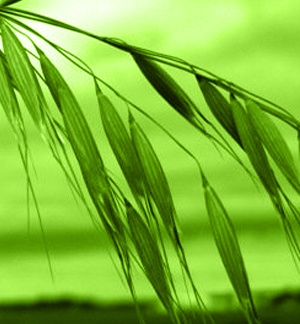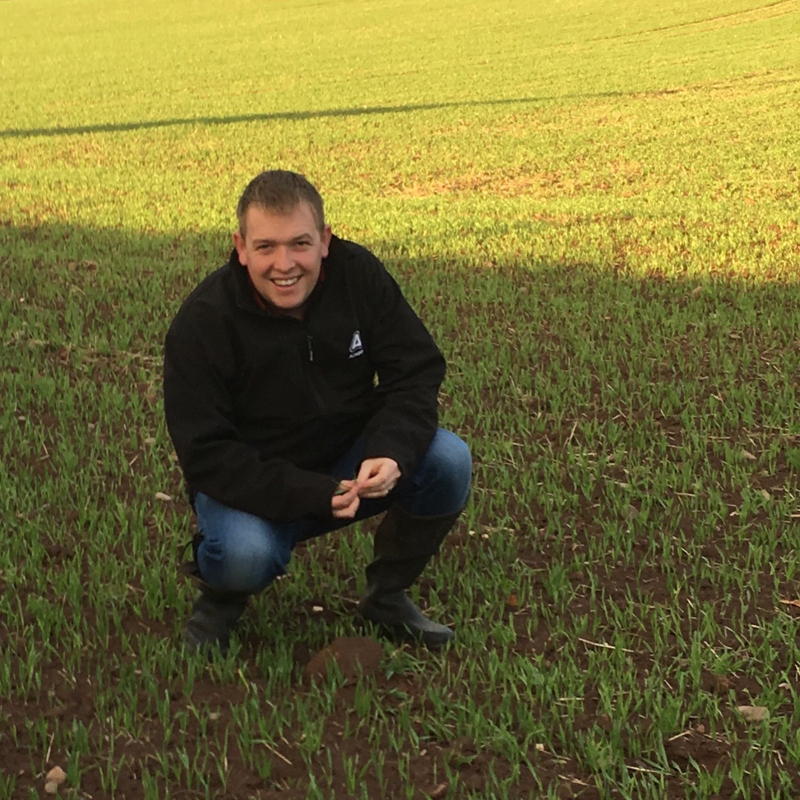2018 - Look beyond the can to maximise wild oat control

Wild oats are one of the most competitive weeds affecting modern arable rotations with just one plant per square metre able to reduce winter cereal yields by as much as 1.0t/ha, and spring yields by as much as 0.6 t/ha. Growers therefore need to use all available tools to control weeds this spring, but in doing so shouldn’t rely solely on chemical herbicides. After all, an over-reliance on any single mode of action could see their efficacy fall away, as has been seen with fungicide resistance in recent years.
Instead, growers should use chemical and cultural control methods in tandem to reduce the bank of unwanted seeds.
Unfortunately, controlling wild oats is complicated by their protracted emergence window: while seeds can germinate in the autumn, the majority of plants will appear in the spring. This wide germination window, plus the ability of large wild oat seeds to propagate from depths of up to 15cm, means some cultural control methods such as delayed drilling, spring cropping and ploughing can be less effective against wild oats than they are against black-grass.
That said, growers shouldn’t be discouraged from using cultural control methods: if anything, fine-tuning crop rotations and using alternative cultivation practices to safeguard the longevity and efficacy of herbicides should be positively encouraged.
However, whilst cultural practices such as spring cropping can reduce populations of winter wild oats, an over-reliance on spring drilling may encourage spring-germinating common wild oats. Any changes to existing farming practices must therefore be carefully planned to avoid replacing one pressure with another. For example, direct drilling is advisable when trying to combat the threat of spring germination as the reduction in soil disturbance can limit the number of seeds that germinate.
Prevention Rather Than Cure
As with any weed control protocol, the first point of focus should be to prevent unwanted seed ingress. This essentially means preventing the importation and spread of seeds by ensuring all rented or contractor machinery is fully decontaminated prior to use. Beyond that, where weed populations are relatively restricted, hand-rogueing or spraying off distinct patches of weeds before they start shedding seeds should be carried out.
Weed Mapping
The use of weed mapping to identify and monitor where infestations have occurred and to build a picture of how weeds are spreading or regressing can help to understand how current control protocols are performing. Being able to substantiate or refute existing control measures will also help to develop a more effective herbicide, cultivation and cropping strategy for the next cropping cycle.
Chemical Control
Where weed infestations are more widespread and beyond the control of rogueing or selective spraying an appropriate post-emergence herbicide should be used: ACCase inhibitor herbicides such as Topik (240 g/l clodinafop-propargyl and 60 g/l cloqunitocet-mexyl) are effective at controlling wild oats in wheat, while pinoxaden can be used in crops of barley.
Pre-emergence herbicides more commonly used for the control of other grassweeds can also provide some control of wild oats, but their success will depend on the target weed’s emergence pattern. The inclusion of a non-cereal break crop such as oilseed rape also enables the use of alternative herbicides, including propaquizafop, quizalofop, cycloxydim, clethodim, carbetamide and propyzamide, further reducing reliance on any single mode of action.
More Information
Topik® (240 g/l clodinafop-propargyl and 60 g/l cloquintocet-mexyl) controls wild oats and rough meadow-grass and gives moderate control of Italian rye-grass in wheat, durum wheat, rye and triticale.
Topik® is a registered trademark of a Syngenta Company, distributed by Adama.
 United Kingdom
United Kingdom Select country
Select country




